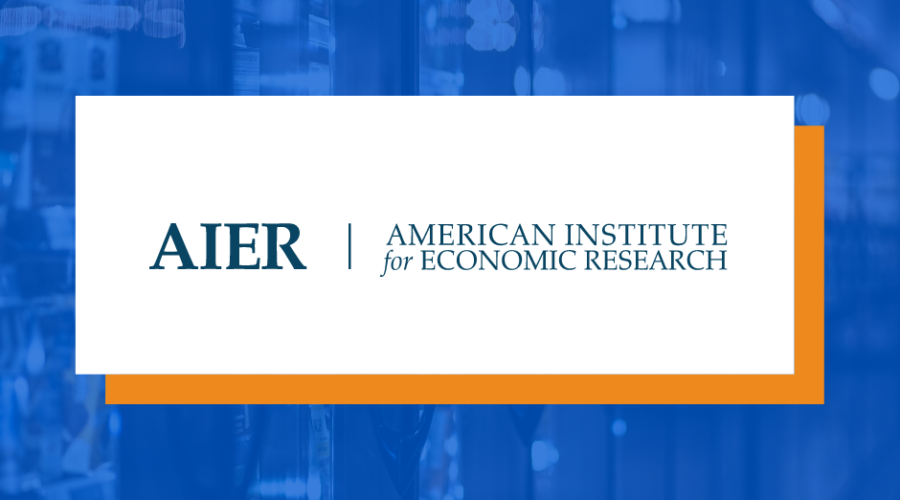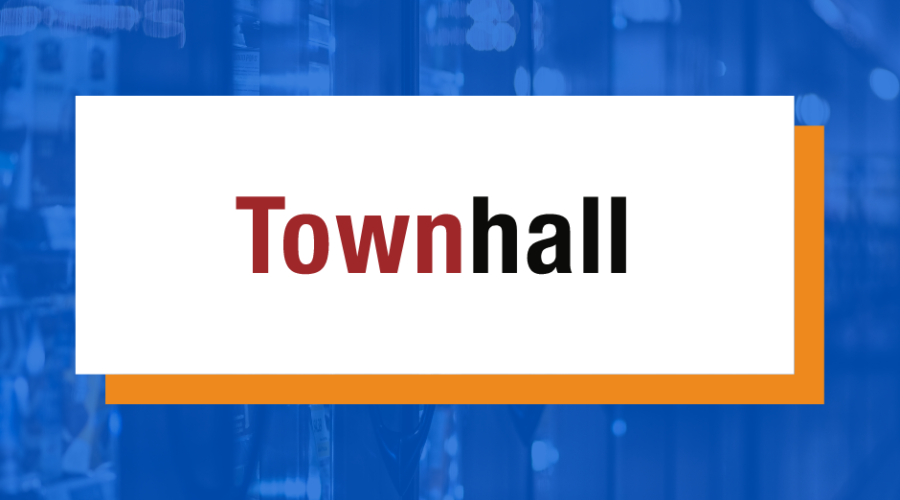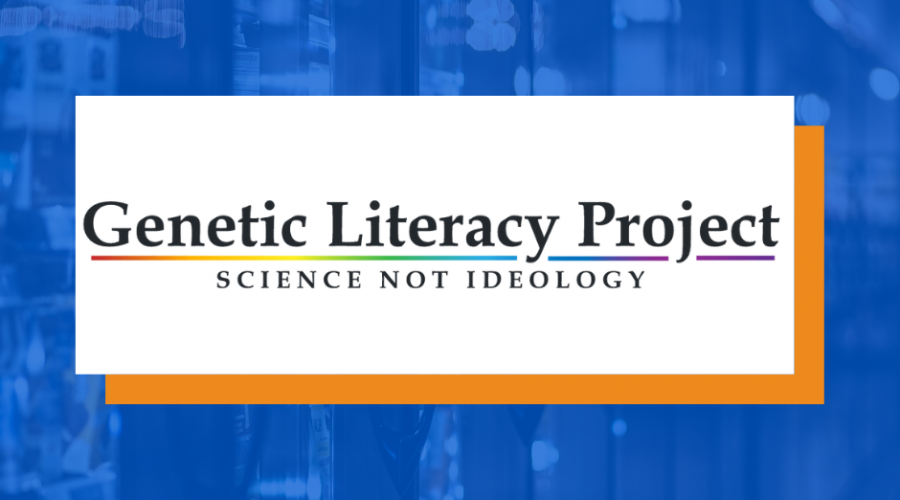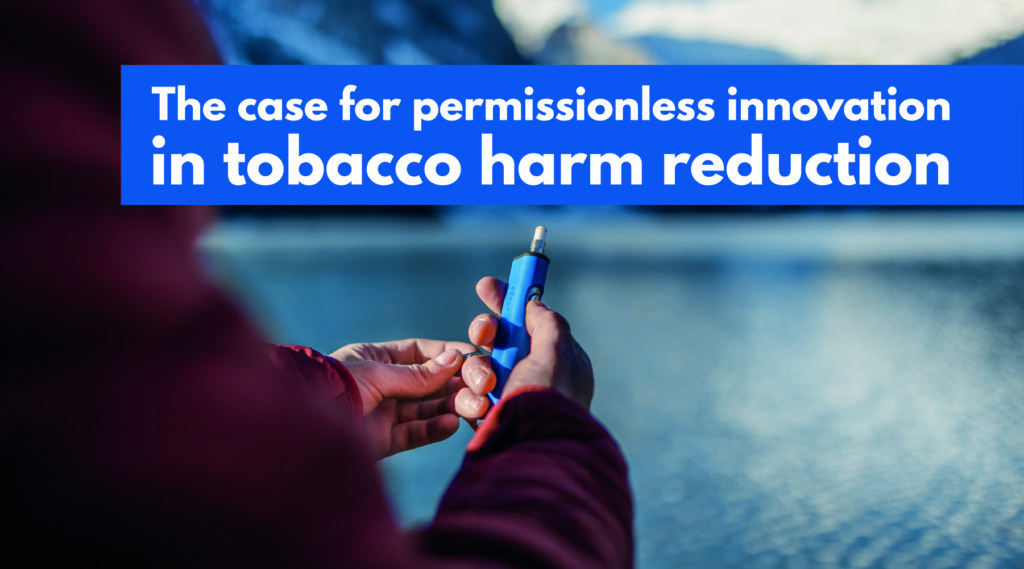Why ESG Ratings Are like Netflix’s Inventing Anna
The Netflix series Inventing Anna has captivated audiences, given the bewildering tale of a young woman posing as a German heiress with lofty aspirations for opening an arts club in her name. The hit series spans the scam that was Anna Sorokin, aka Anna Delvey, who swindled her way to socialite status and gained notoriety after a 2018 exposé article attracted the attention of famed producer Shonda Rimes.
As depicted in the series, Anna sought out investors for her creative venture, positioning herself as a sound, albeit elusive, asset. And although evidence of her wealth was uncertain, her supporters chose to ignore the obvious red flags given her convincing disposition, and the fact that no one had yet called out her bluff (much like a modern day rendition of the Emperor’s New Clothes).
With this in mind, it is interesting to note how Anna’s story parallels ESG ratings which have also been poised to attract affluent asset managers for the likes which go beyondsound money matters and into a realm of uncertainty and obscurity.
And, like with Anna, only time will tell if the claims being made will provide any substantial returns. So, in the meantime, let’s explore the areas of commonality and thewarning signs being sidelined.
What is ESG anyway?
Like Anna’s accent, the term ESG sounds unusual and is sometimes hard to understand let alone knowing from whence it came.
In a nutshell, ESG assesses the performance of firms based on environmental, social, and governance matters. The E pillar takes into consideration the environmental impact of the firm (such as carbon emissions) as well as investments related to the protection or development of natural capital (such as promoting biodiversity). The G pillar stands for governance, and often focuses on the quality and effectiveness of board members (for instance, encouraging diversity representation and ensuring accountable decision-making). As for the S pillar, this pertains to the social aspect of a firm both internally (i.e. supporting employee rights like parental leave) and externally (i.e. getting involved with social concerns like abortion policy).
Although it may go without saying, these broad pillars do not always easily align – making assessments and integration complex and messy. Nevertheless, this acronym has become the darling of Wall Street, and is funneling funding streams due to both social pressure andpolicy changes.
ESG has replaced earlier concepts like the TBL (which stands for the triple bottom line, represented by people, planet, profit) and while TBL focused on ethical business operations and resource efficiencies, ESG places the economics of business as taking a backseat to climate concerns, social justice campaigns and C-suite dealings.
ESG has taken the stakeholder model to another dimension and since it is still fairly new to the investment sector, true implications have yet to be seen.
It was in 2006 when ESG first garnered global attention and this was in large part due to the United Nations Principles for Responsible Investment (PRI) report, which called upon firms to incorporate ESG as part of their financial valuation.
The PRI leveraged a 2005 study, titled ‘Who Cares Wins’, which made the business case for sustainability and called on capital markets to finance social initiatives. And this study was a direct response to the charge put forth by the UN Secretary-General at that time, Kofi Annan, for the financial sector to do more for the global good.
Accordingly, financial institutions have been backing ESG at an accelerating pace given the proclamations from international institutions for it being the “right thing to do.” And this falls in line with Anna’s statement that “People give money for all sorts of reasons – guilt and love are two of the biggest” – and in this case, the guilt is paying off. As for Anna, she played both hands to garner financial backing for her luxurious lifestyle.
Fake to make it.
Just as Anna’s fashionable attire cloaked her true self, so too do organizations leverageethical labels and social campaigns for promoting good works. In fact, according to an ESG 2021 global survey, a main motivation for ESG investing was brand-based — whereas companies wanted to establish a positive image by aligning themselves with popular values.
According to Jeff Dangremond, as featured in the ESG Decoded Podcast, banks are highly concerned about their reputational risk, which is why the interest in ESG is so great.
The “S” factor, in particular, gained prominence over the past two years as the pressures for DEI (diversity, equity, and inclusion) continue to mount. Difficulties in establishing metricsand tracking social outcomes, however, make opportunities for public relations campaigns hard to come by; and since governance concerns are usually not preferred as a means for promotion, the environment is often the most widely featured aspect of ESG.
The “E” pillar is favored by both policy pundits and marketing mavens wishing to appease an environmentally conscious consumer base, and while some firms are truly environmentally concerned, others simply know how to play the part. Take for example, how British Petroleum (one of the world’s largest oil corporations) in conjunction withOgilvy & Mather (one of the world’s most successful marketing and communications firms) established the concept of a carbon footprint. For the Beyond Petroleum marketing campaign, BP featured a carbon footprint calculator on its website to call out theaccountability of its audience rather than itself.
The aim of the campaign was to rebrand BP as a proponent for environmental stewardship and, for a time, this rebranding worked. BP received accolades from Fortune’s annual corporate accountability rating by obtaining first place in 2004, 2005, and 2007, along with second place in 2006. Needless to say the 2010 oil spill put an end to its stellar sustainability status. And yet, despite the mess BP made, much like the trouble Anna got tangled up in for her deceptive acts, BP is back for a second go with a target neutral emissions mission campaign.
BP has therefore refreshed its ESG performance, and only time will tell if these ratings serve as a better metric than Fortune’s business responsibility rankings.
As for Anna, another go in the spotlight also seems to be on the horizon as talks for a docuseries develop.
Read the full article here

















